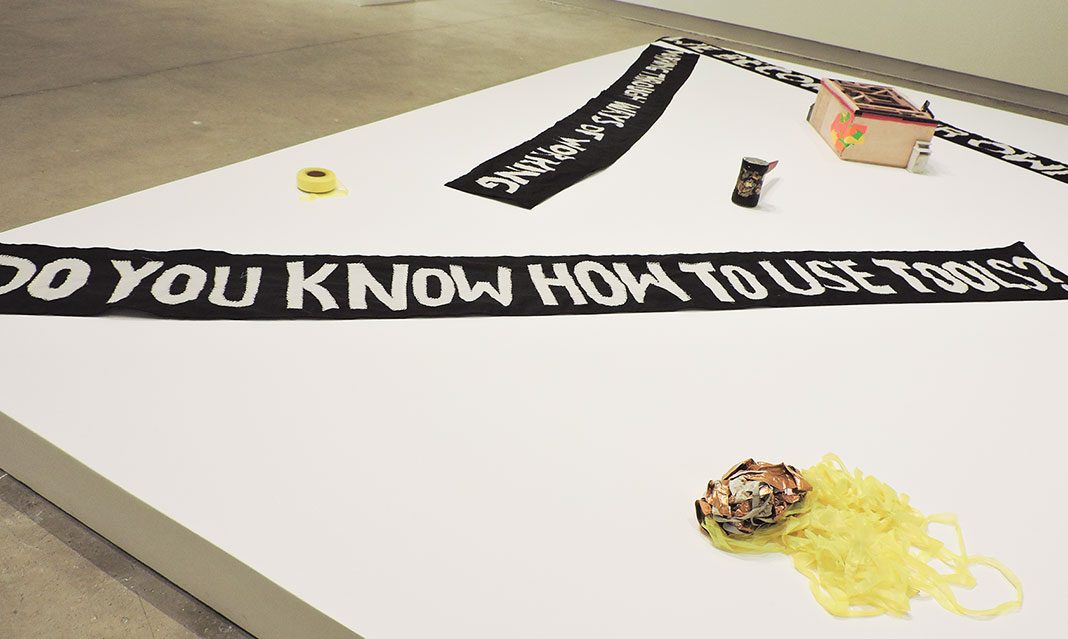This past Friday, the Blackwood Gallery held a discussion panel at the Jackman Humanities Institute. The panel, “All Our Relations: The Art of Land and Indigenous Stewardship,” brought together four women to talk about the indigenous experience concerning land claims. The event pairs with the current exhibit at the Blackwood Gallery called #callresponse that amplifies the work of indigenous women who live on Turtle Island.
One of the panelists, Beatrice Deer, is from Nunavik in northeast Quebec. She sings in Inuktitut and English, and she incorporates throat singing to add a traditional spin on modern music. Lisa Myers is part of the Beausoleil First Nation that resides in Georgian Bay. She is an artist, curator, and an assistant lecturer at York University. Lindsay Nixon is Cree-Métis-Saulteaux, and is the editor of an arts journal called mâmawi-âcimowak. Eve Tuck’s work focuses on Indigenous Studies and she has published multiple books on the topics of Education. Tuck is also an associate professor in the department of social justice education at the University of Toronto.
The first question posed covered the theme of the #callresponse exhibit which was stewardship. The panelists voiced differing opinions on what connotations stewardship held for them. All could agree that stewardship in the Indigenous context refers to the maintenance of land. However, some viewed stewardship as bearing colonialist undertones, while others treasured stewardship as a way for people to interact with the land by talking to—and most importantly—listening to the land.
Global warming was a priority for the panelists. A recurring theme in the discussion was the rising temperature of the water and air. When asked what came to mind when you think about stewardship, Deer gave an anecdote about the Inuit who live in the Canadian Arctic. Every year Inuit notice that fewer seals come to the water near their settlement. The general reaction was one of despair and hopelessness regarding the unfavorable change in climate. The Inuit currently refuse to allow oil drilling to value and preserve the land.
The other main theme weaving through discussion was that of the LGBTQ+ community in indigenous culture. The panelists emphasized that the land is generally maintained by Indigenous women. Thus, the land is attributed to femininity and women are said to be at one with the land. This becomes problematic when we realize that there is a strict binary standing in the way of two-spirited peoples (a third-gender group encompassed by the LGBTQ community) sharing the same intimate connection with the land. Before European settlers came, indigenous cultures viewed gender as more fluid than today. All the panelists touched on the struggle that LGBTQ+ Indigenous artists have had to face. However, there has been a resurgence of two-spirited artists wholly claiming their identities.



